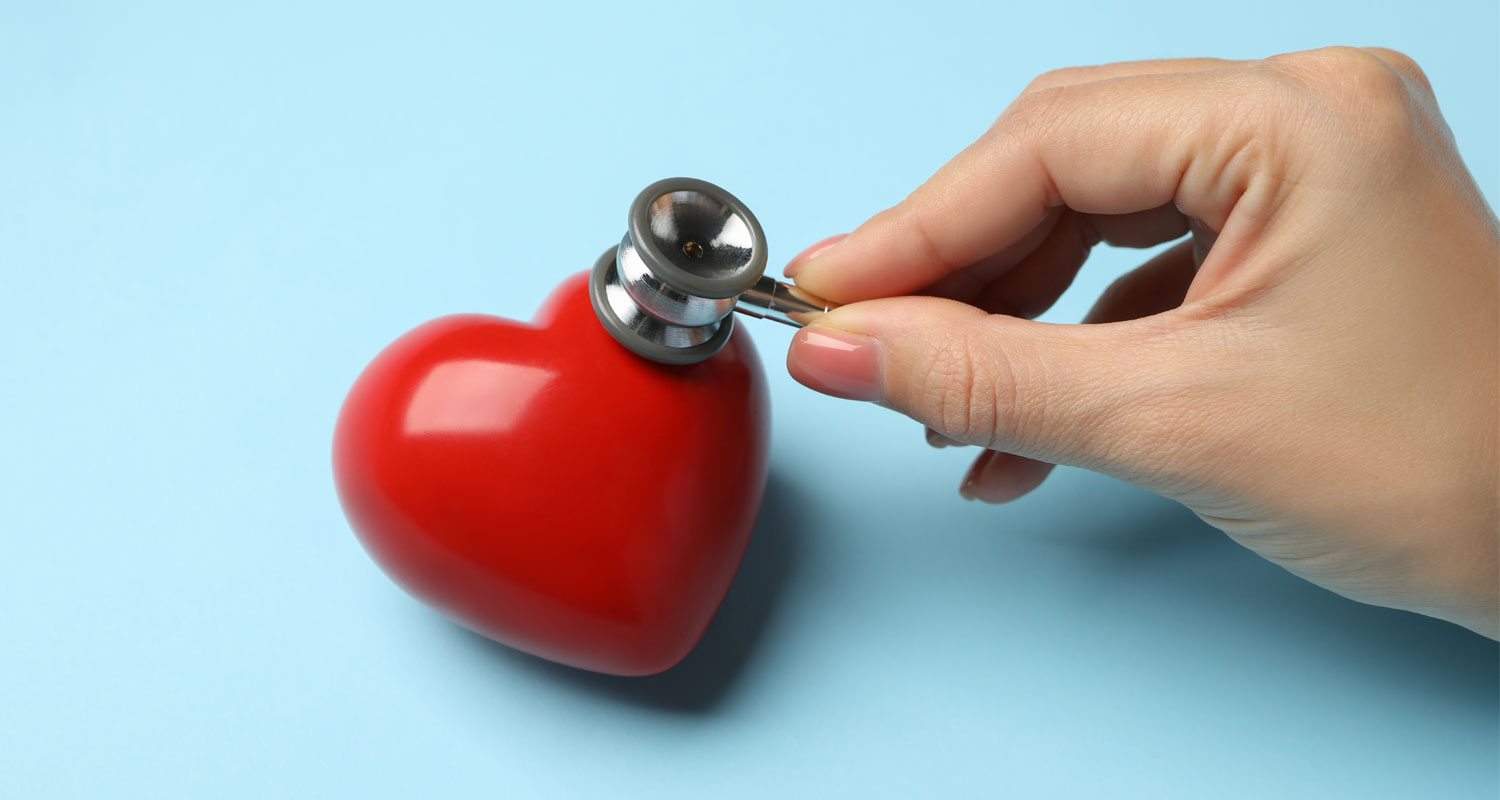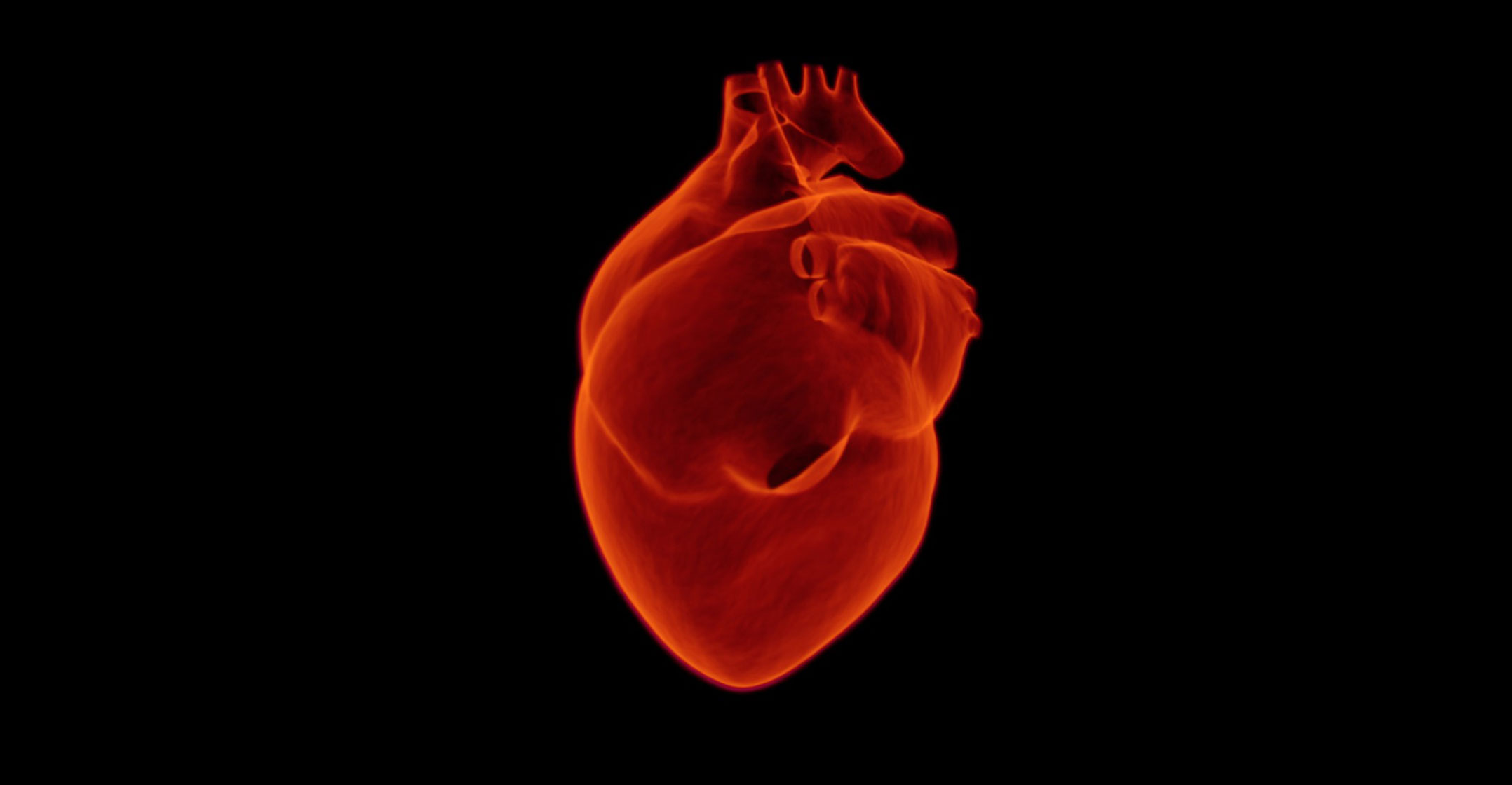 For centuries, doctors have turned to a variety of vital signs to quickly assess the well-being of patients. A visit to the ER these days might result in as many as five measurements being taken, each offering unique clues as to what’s going inside the complex human body. Recently, though, a new number has popped up that may turn out to be the single most useful piece of information available to understand someone’s underlying health condition.
For centuries, doctors have turned to a variety of vital signs to quickly assess the well-being of patients. A visit to the ER these days might result in as many as five measurements being taken, each offering unique clues as to what’s going inside the complex human body. Recently, though, a new number has popped up that may turn out to be the single most useful piece of information available to understand someone’s underlying health condition.
Heart rate variability (HRV) offers insights into recovery from illness, injury or exercise, can track levels of physical and emotional stress, and even act as a predictor of cardiac failure. Advances in technology, including image sensors, now make HRV measurement accessible to anyone with a chest strap or smartphone.
Among the more common measures, heart and respiratory rate are the simplest to take — you just need a watch with a second hand to count. More specialised equipment is needed for body temperature, blood-oxygen level and blood pressure, but they’re also quite straightforward. The history of blood-pressure measurement dates back 300 years, when Rev Stephen Hales stuck tubes into a horse to see how high the column of blood would climb. Today, you merely need an arm cuff attached to some electronics.
Whereas heart rate provides beats per minute, variability shows the change in time gap between those cardiac contractions. Heartbeat is highly correlated with respiration: it speeds up as you breathe in and slows when you exhale — and this difference provides a measure of variability. But when the body is tired, the disparity in heart rate between inhalation and exhalation narrows.
HRV is a little more complicated to capture than traditional metrics because more precise instruments are required to detect, time and record beats of the heart, and then run the statistical analysis to calculate variability. Two patients can have exactly the same heart rate (HR) but differing gaps (HRV), so accuracy is crucial.
Hales had observed the connection between heart rate and breathing, while German physician Carl Ludwig later noted that it changed according to phases of the respiration cycle. But it wasn’t until the mid-1990s that modern standardised measurements of HRV started to be widely agreed upon, just as research pointed to the metric’s value as a predictor of mortality following heart attack. Electrocardiography (ECG) machines are a gold standard in heart monitoring and can provide a measurement of HRV. But they’re cumbersome and expensive.
Better sensors
More advanced semiconductors have enabled better sensors to take accurate readings from a chest strap. In the past decade, progress has gone so far as to allow an iPhone’s camera and flash to be used to sense blood flowing through the fingertip and accurately record pulses.
This ease of use has spurred a flurry of new apps and gadgets, and a surge in research on how HRV works, what it measures, and how it can be used.
Among the many processes that regulate the human body is the autonomic nervous system, which controls functions including digestion, breathing and heart rate. Within this system are two branches — sympathetic and parasympathetic — that work as a kind of yin-yang, balancing out each other according to the body’s needs.
We tend to think of a “normal” heart rate as being around 60 beats per minute, however the intrinsic heart rate for humans — when nothing regulates it — is actually close to 100bpm. The parasympathetic system lowers it when resting.
Causing the ebb and flow between sympathetic and parasympathetic systems is a simple thing called stress. This loaded term can sometimes be misunderstood and is often connected to psychological issues such as worry or fear. But even joyful activities may trigger a stress response if they cause strain: happily bench-pressing 50kg, sprinting for the bus or singing in a choir. Injury, illness, lack of sleep, a big night on the town and the trials of daily life all trigger responses in the autonomic nervous system. And HRV can track these changes.
 “While heart rate might change only minimally outside of very strong stressors such as sickness or excessive alcohol intake, HRV will show a more marked change,” said Marco Altini, who has trained in both data science and human movement, and founded the app HRV4Training.
“While heart rate might change only minimally outside of very strong stressors such as sickness or excessive alcohol intake, HRV will show a more marked change,” said Marco Altini, who has trained in both data science and human movement, and founded the app HRV4Training.
A major stumbling block is collating accurate and usable data. Other metrics such as temperature or blood pressure can be taken instantaneously, compared against population averages and acted upon immediately. HRV, on the other hand, is very individual and requires the collation of baseline figures over multiple days and in similar circumstances each time. Variability taken while drinking your morning coffee isn’t comparable to a measurement taken after dinner.
The widely accepted approach is to take a reading immediately upon waking every morning — usually from one to five minutes. Polar has a chest strap that pairs with a number of apps including Elite HRV or KubiosHRV, while others such as HRV4Training utilise the camera and flash to sense heart beats.
Some devices such as Garmin smartwatches, fitness bands by Whoop, and Oura’s smart ring can automatically track HRV during sleep, allowing users to keep tabs without having to set aside time. But consumers should be wary that some smartwatches are more sporadic in their samplings, which could result in inaccurate data.
Incorporating HRV into daily life remains the biggest challenge. While a bevy of gadgets can now deliver a stress score each day, users need to resist the temptation to over-interpret a single day’s feedback or chase a “perfect number”. Doing so can lead to the deleterious nocebo effect.
Interventions
“Using HRV as feedback can help us make meaningful adjustments, before we have dug ourselves into a hole,” Altini notes. “While in the past decade we got a lot better at measuring it, in the next one we might get better at implementing meaningful interventions, starting with the usual suspects: exercise, diet, sleep and forms of mindfulness.”
While we now have this powerful new healthcare metric at our fingertips, life still can’t be distilled down to a single number. Looking after ourselves cannot be outsourced to gadgets and data. — (c) 2023 Bloomberg LP

